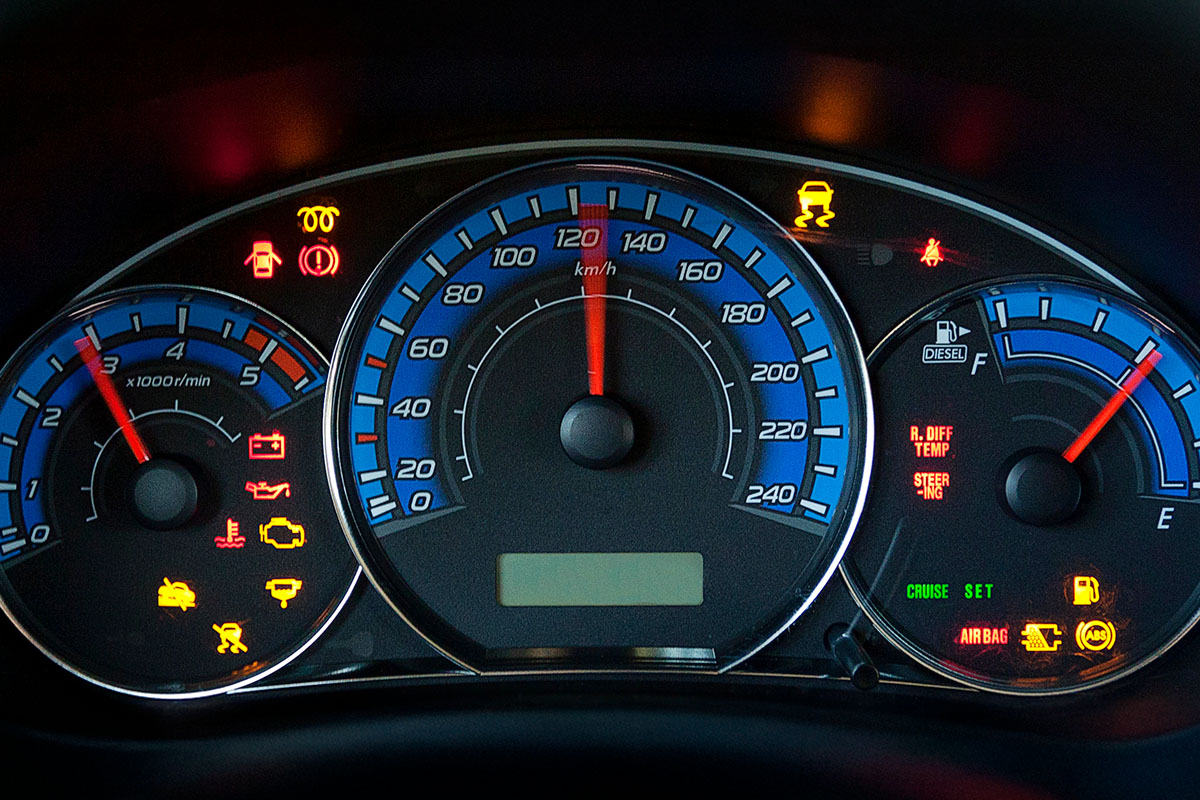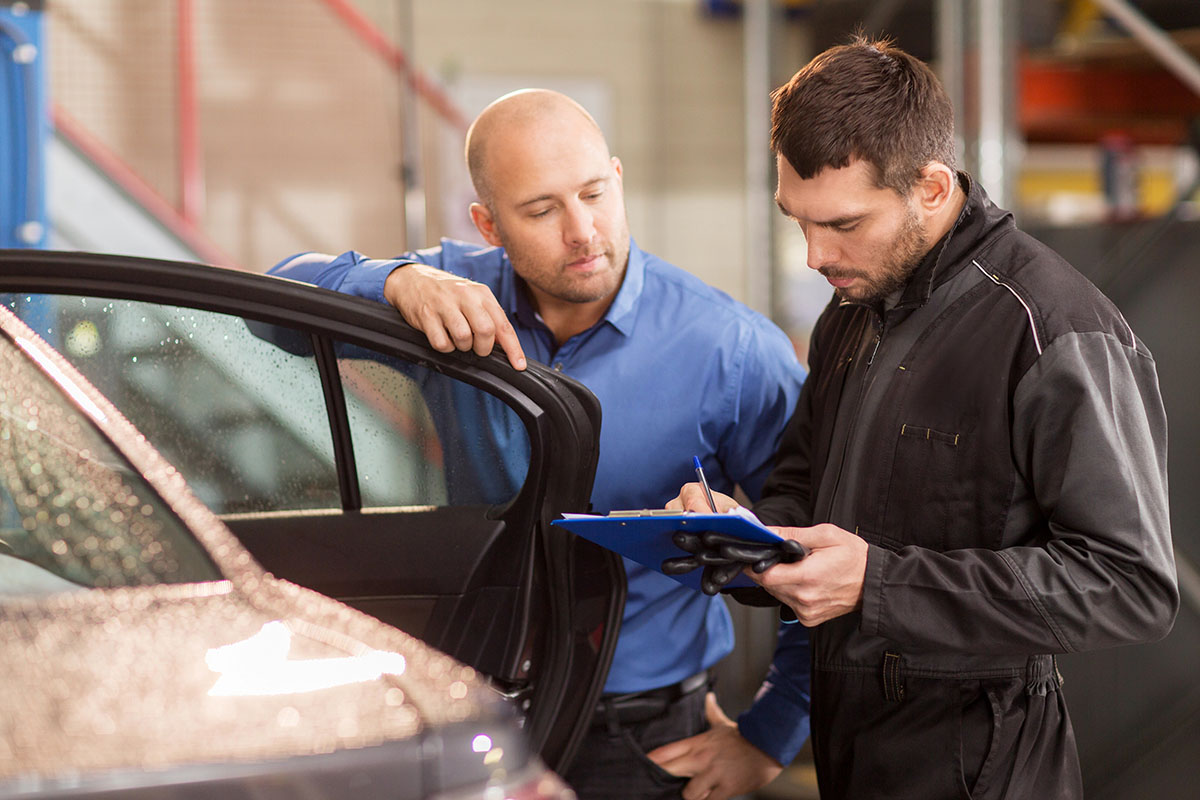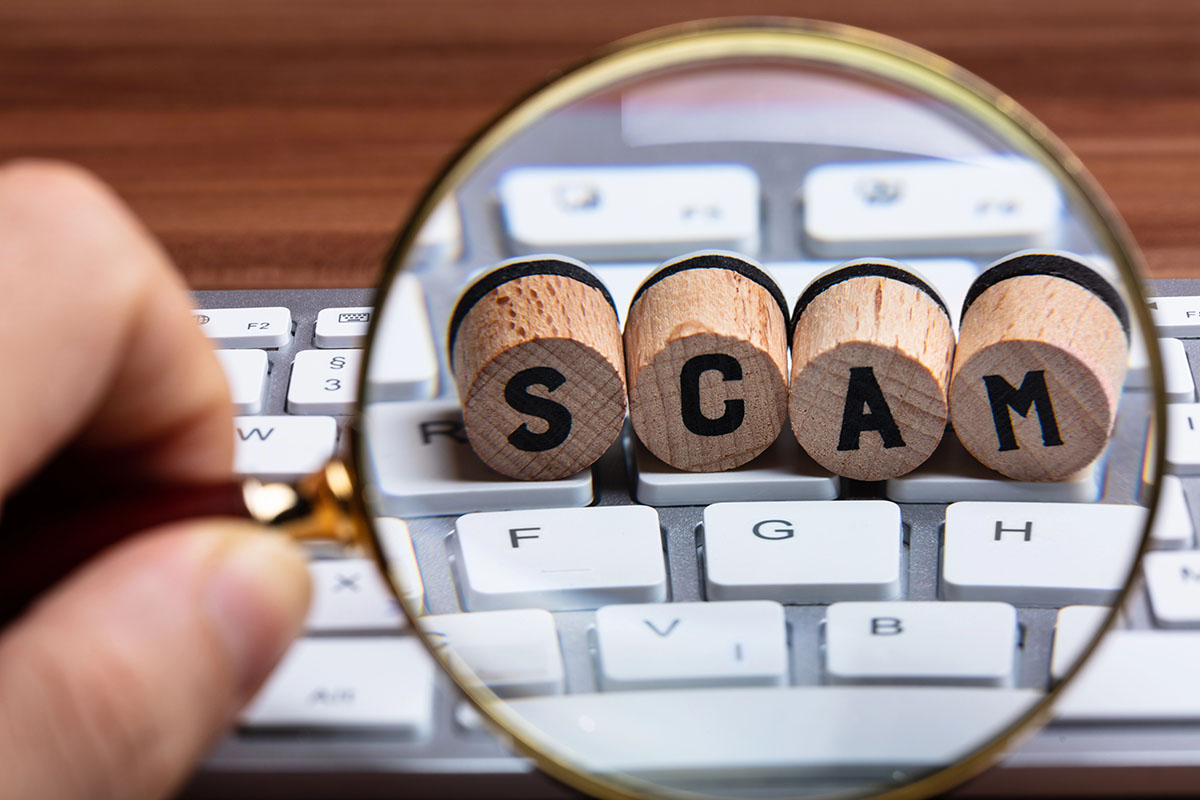Car dashboards today look like foreign control panels. With so many lights flashing and sounds at different times, how do you know which ones can wait until you get home — and which ones mean you should pull over right now?
Here’s a straight‑talk guide. We’ll cover the warning lights that demand immediate attention, what they generally mean, and when it’s time to call a roadside service like Hi‑Way Towing instead of risking the next mile.
The “Stop Now” Lights
If you see any of these, the safest move is to pull over as soon as it’s safe and shut the car off.
Oil Pressure Warning
- What it looks like: An oil can symbol (sometimes with a drip).
- The engine isn’t getting proper oil pressure. Running it even a few minutes could seize the engine.
- What to do: Pull over immediately and shut off the engine. Driving without oil pressure can cause catastrophic damage.
Engine Temperature Warning
- What it looks like: A thermometer icon or “High Temp” alert.
- Your car is overheating. This can quickly warp or crack engine components.
- What to do: Safely stop, turn off the A/C, and shut down the engine. Do not open the radiator cap. Call for assistance.
Battery/Charging System Warning
- What it looks like: A red battery symbol.
- The alternator isn’t charging the system, and you’re running only on battery power. The car will eventually stop completely.
- What to do: Get off the road safely before you lose electrical power entirely. Tow or roadside help is needed.
Brake System Warning
- What it looks like: A red circle with “!” or “BRAKE.”
- Could be dangerously low brake fluid or a brake system failure.
- What to do: Treat it as urgent. Pull over. Driving beyond this point risks total brake loss.
The “Soon, But Not Immediate” Lights
These usually mean you should schedule service or stop by a shop soon, but they don’t require an emergency stop unless accompanied by strange noises, smells, or smoke.
- Check Engine Light (steady glow): Can mean a variety of issues. Safe to drive short distances if performance feels normal. Blinking light? That’s urgent. Pull over.
- ABS Warning Light: Your anti‑lock brakes may be disabled, but regular braking usually still works. Safe enough to drive cautiously to a shop.
- Tire Pressure Monitoring Light (TPMS): One or more tires are low. Refill as soon as possible, but pull over sooner if the car pulls heavily to one side.
- Fuel Warning Light: Clear enough — just don’t push your luck.
A Few Friendly Safety Reminders
- Don’t panic brake. If a light comes on at highway speed, keep calm, signal, and move to the shoulder safely.
- Document it. Take a photo of the warning light so you can show your mechanic later.
- Trust your senses. If you see smoke, smell burning, or hear grinding along with the light — treat it as urgent, regardless of the color.
FAQs
My “Check Engine” light is on. Is it safe to keep driving?
If the check engine light is steady (not flashing), it typically indicates a non-critical engine or emissions system fault. It’s generally safe to drive to your destination or a nearby mechanic, but you should have it checked as soon as possible. However, if the check engine light is flashing, it signals a severe engine misfire that could damage your catalytic converter. In this case, you should pull over and call for a tow.
What about the TPMS (Tire Pressure Monitoring System) light?
The TPMS light (a symbol that looks like a flat tire with an exclamation point in it) is an amber, “caution” light. It means one or more of your tires is significantly under-inflated. It is not an immediate “pull over now” emergency unless it’s accompanied by the feeling of a flat tire. You should find the nearest gas station to check your tire pressures and add air as soon as is practical.
What does the “ABS” light mean?
The amber “ABS” light means there is a fault in your Anti-lock Braking System. Your normal brakes will still work, but the anti-lock feature (which prevents your wheels from skidding during a hard stop) will be disabled. It’s safe to drive, but you should have it serviced soon, and be aware that your car will handle differently in an emergency braking situation.
My battery light came on, but the car is still running fine. What should I do?
As we’ve discussed before, the battery light indicates a problem with the alternator and the charging system. Even if the car seems fine, it is now running solely on battery power, which will not last long. You should immediately turn off all non-essential electronics (radio, A/C) and drive directly to the nearest safe location or mechanic’s shop. Do not make multiple stops. Your car will not restart once you turn it off.
What is the best thing to do if I’m not sure what a light means?
When in doubt, the safest option is always to pull over in a safe location, consult your vehicle’s owner’s manual (which will have a full chapter on what each light means), or call a trusted roadside assistance provider. It’s always better to be safe than sorry.
Understanding the “Color Code”
As a general rule of thumb, your dashboard lights use a traffic light color system to communicate urgency:
- GREEN or BLUE: These are informational lights, simply telling you that a system is on (e.g., your high beams or cruise control). No action is needed.
- AMBER or YELLOW: These are “caution” or “awareness” lights. They are telling you that something needs to be checked soon. The most common is the Check Engine Light. This is not usually a “pull over now” emergency, but it does mean you should have your car scanned by a mechanic as soon as possible.
- RED: Red means DANGER or IMMEDIATE FAILURE. A red warning light is your car’s way of shouting for help. It means you need to stop safely and assess the situation immediately.
Knowing the difference between a suggestion and a command from your car’s dashboard is a vital part of being a safe and responsible driver.


